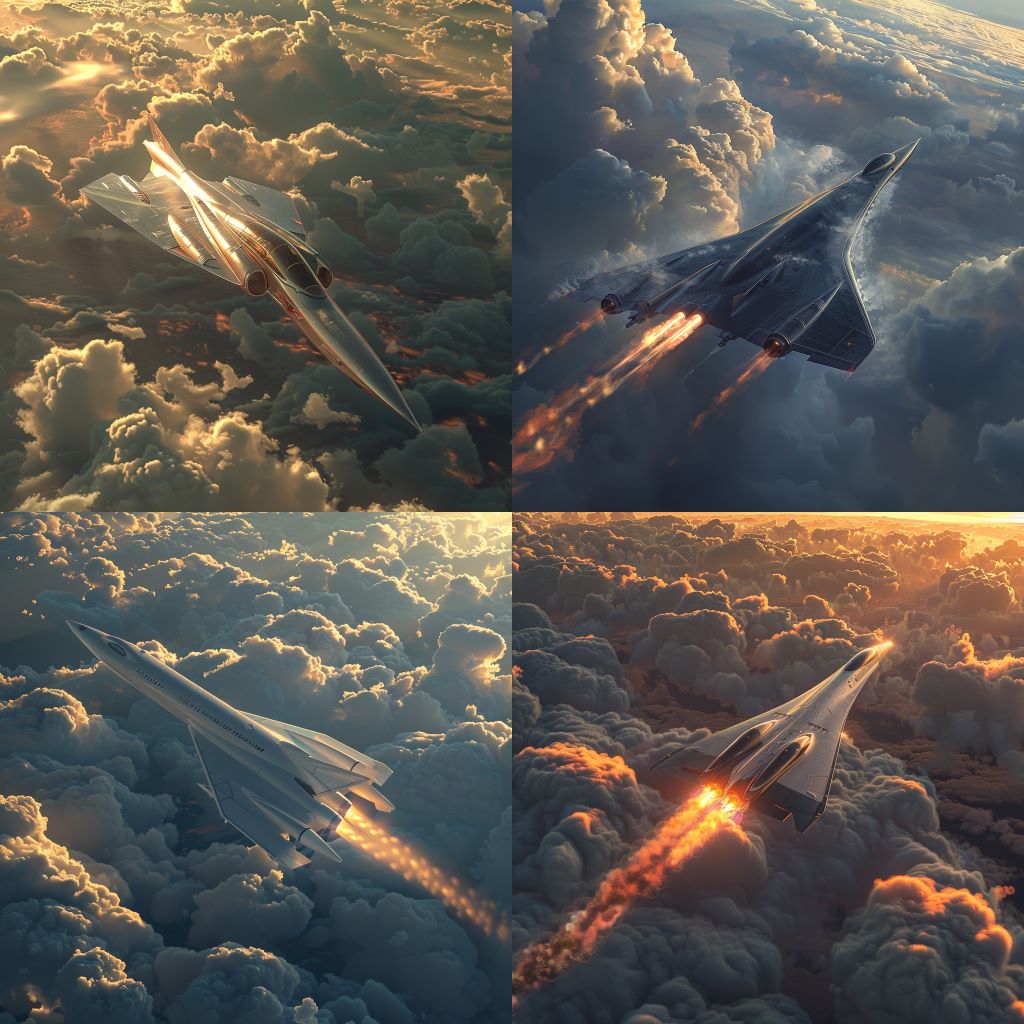The differences between subsonic, supersonic, and hypersonic speeds are as follows:
- Subsonic:
- Definition: Speeds less than the speed of sound.
- Speed Range: Typically below 767 miles per hour (approximately 1235 kilometers per hour), which is below Mach 1.
- Characteristics: In the subsonic range, airflow is stable, and aerodynamic design is relatively simple. Common examples include commercial airplanes and some military aircraft.
- Supersonic:
- Definition: Speeds greater than the speed of sound but less than five times the speed of sound.
- Speed Range: From Mach 1 (1235 kilometers per hour) to Mach 5 (6174 kilometers per hour).
- Characteristics: In the supersonic range, airflow becomes complex, forming shock waves and aerodynamic heating phenomena. Common examples include fighter jets and some experimental aircraft.
- Hypersonic:
- Definition: Speeds greater than five times the speed of sound.
- Speed Range: Above Mach 5 (6174 kilometers per hour).
- Characteristics: In the hypersonic range, aerodynamic heating and chemical reactions become significant, requiring extremely high material and design standards. Common examples include missiles, re-entry vehicles, and some advanced aerospace projects.
These speed classifications are crucial for aerospace engineering, aircraft design, and fluid dynamics research.
亚音速、超音速和高超音速是指物体运动速度相对于声音传播速度的不同范围。
- 亚音速(Subsonic):
- 定义:物体的速度小于音速。
- 速度范围:通常低于每小时767英里(约1235公里每小时),即1马赫以下。
- 特点:在亚音速范围内,气流是稳定的,气动设计相对简单,常见于民用飞机和一些军用飞机。
- 超音速(Supersonic):
- 定义:物体的速度大于音速但小于五倍音速。
- 速度范围:从1马赫(1235公里每小时)到5马赫(6174公里每小时)。
- 特点:在超音速范围内,气流变得复杂,形成冲击波和气动加热现象,常见于战斗机和一些实验性飞行器。
- 高超音速(Hypersonic):
- 定义:物体的速度大于五倍音速。
- 速度范围:超过5马赫(6174公里每小时)。
- 特点:在高超音速范围内,气动加热和化学反应变得显著,材料和设计要求极高,常见于导弹、再入飞行器和一些先进的航空航天项目。
这些速度分类对于航空航天工程、飞行器设计和流体力学研究具有重要意义。
